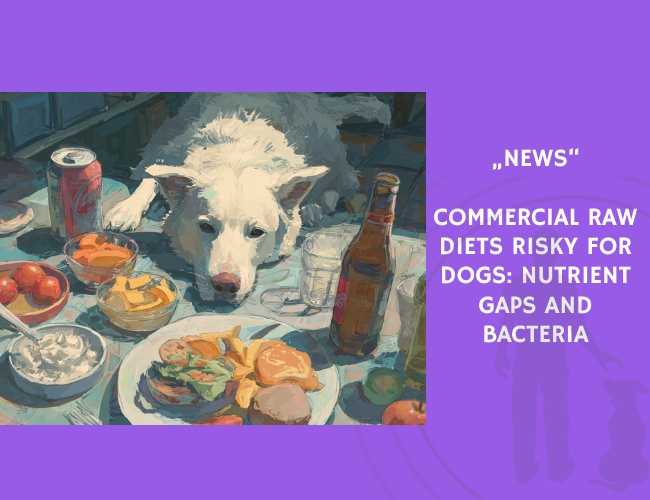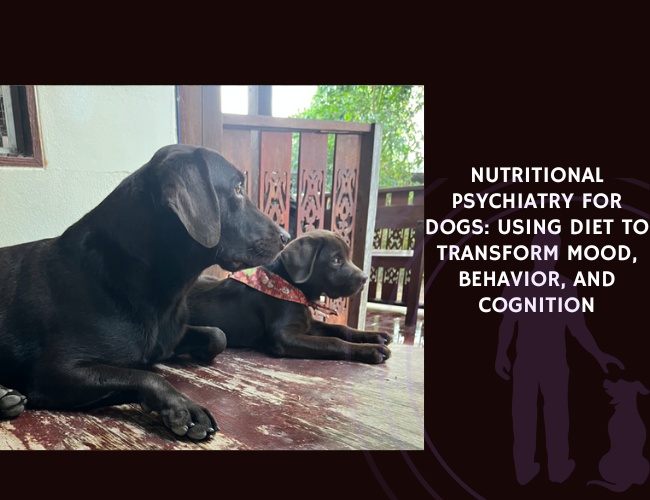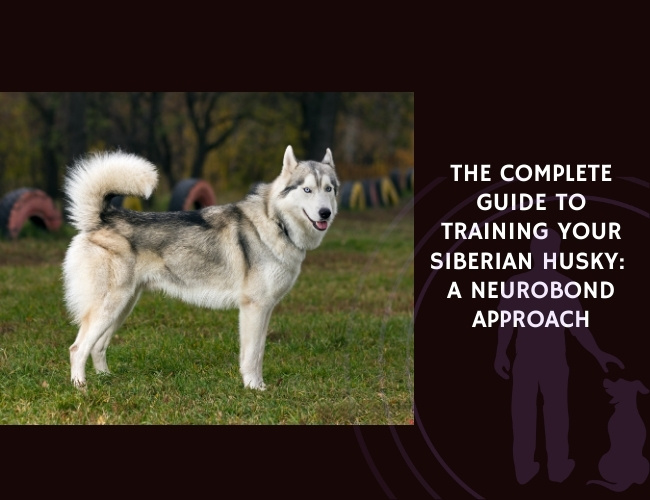C. Vecchiato et al. (2022) evaluated the nutritional adequacy and hygiene quality of 44 commercial RMBDs purchased in Germany. The assessment included macronutrient content, mineral levels, and microbial contamination, with a focus on products marketed as “complete.”
Key Findings:
- Nutritional concerns: 33% of diets exceeded fat levels declared on packaging, while 45% deviated in protein content. Every tested product showed at least one nutrient-related concern, with many lacking essential minerals.
- Fat overload: RMBDs contained very high fat (mean 69 g/Mcal, range 33–95), often at the expense of protein, potentially leading to imbalances in long-term feeding.
- Microbial contamination: High aerobic colony counts (2.61 × 108 CFU/g) and Enterobacteriaceae (3.61 × 106 CFU/g) were detected. Salmonella spp. were present in 2 out of 10 products tested.
- Source differences: Poultry-based and mixed-animal carcass diets had significantly higher Enterobacteriaceae loads compared to beef, horse, or lamb products.
Conclusion: Although popular among some owners seeking “natural” feeding, RMBDs were found to be nutritionally unbalanced, excessively fatty, and microbiologically unsafe. The findings underscore the importance of stricter monitoring of raw diets to safeguard both canine health and human food safety in households.
Source: Vecchiato, C., Schwaiger, K., Biagi, G., & Dobenecker, B. (2022). From Nutritional Adequacy to Hygiene Quality: A Detailed Assessment of Commercial Raw Pet-Food for Dogs and Cats. Journal: Animals, Volume 12. Publication Date: September 1, 2022. Authors: C. Vecchiato, K. Schwaiger, G. Biagi, B. Dobenecker.










